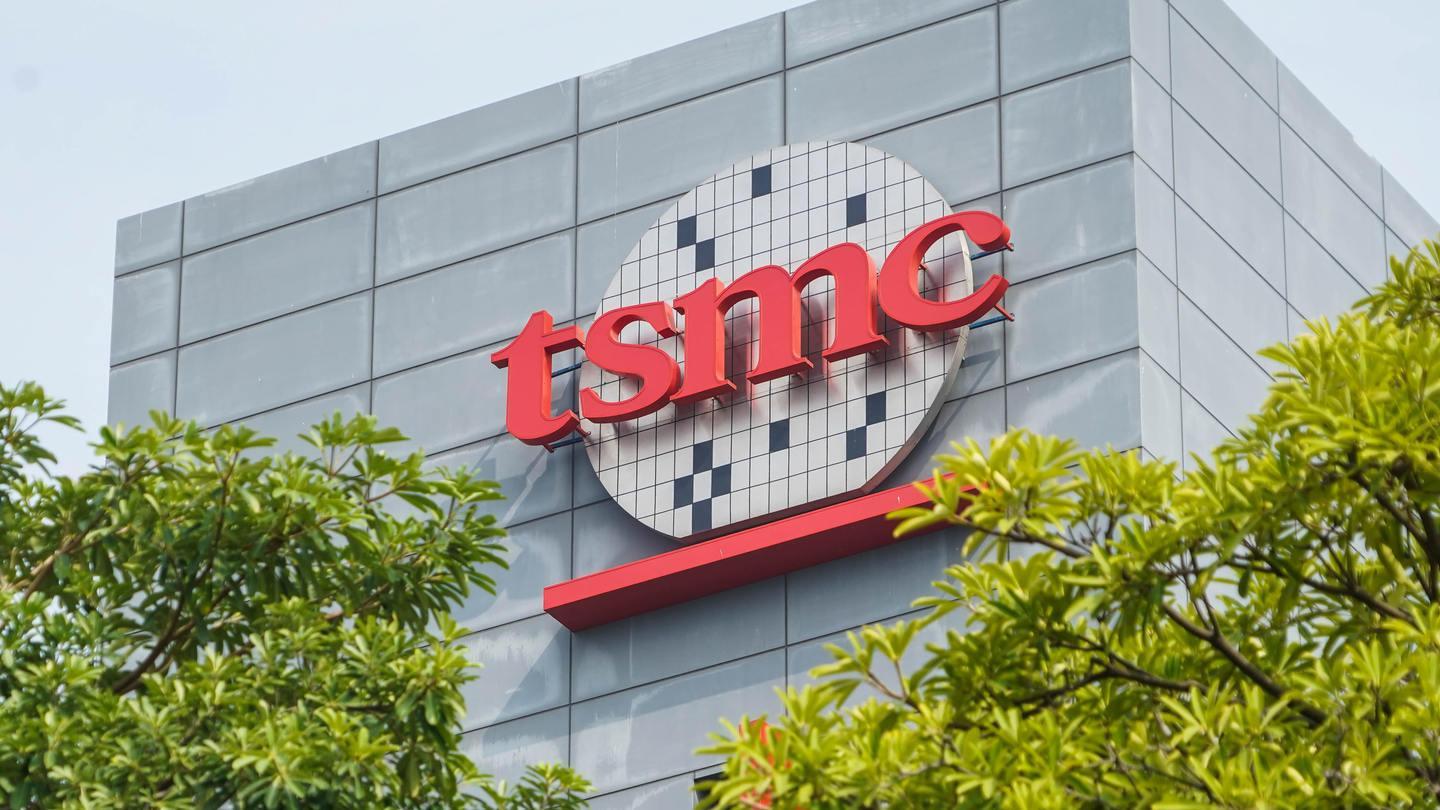Elon Musk is not only determined to take humanity to Mars, he has also outlined his vision for how the red planet should be governed. On the verge of a new Starship launch, Musk has shared details about his plan to establish a self-sufficient city on Mars thanks to SpaceX rockets and what political system he proposes to govern it.
A Martian democracy. Although he clarifies that “ruling Mars will be in the hands of the Martian colonists,” Elon Musk proposes a direct democracy for the hypothetical colony in which the laws are voted on by the people, without political intermediaries.
In his vision, the laws of Mars will be short and understandable, to avoid the hidden intentions of the text. “Laws must be brief, because there is a trick in length,” he mentioned years ago in one of his publications on the subject.
40% have veto power. Musk believes that laws should expire automatically to prevent “bureaucracy from suffocating progress,” something he routinely complains about on Earth. “This overwhelming bureaucracy is affecting all major projects in the United States,” he warned during his campaign for Donald Trump.
Furthermore, it proposes that any norm can be eliminated if 40% of the population so decides, a lower threshold than the traditional absolute majority. And he puts forward the same arguments: it would serve to overcome inertia and prevent the bureaucratic strangulation that affects terrestrial companies.
The growing Muskian optimism. Regarding the logistics of Martian colonization, Musk is optimistic after the last US presidential elections, in which he has had an active role, and from the result of which he hopes that his companies will profit.
SpaceX plans to launch the first unmanned Starship spacecraft to the Red Planet in the next two years, taking advantage of the orbital transfer windows that open every 26 months between Mars and Earth. These initial missions will serve to test the viability of the landings and lay the foundations for future manned missions, explained the businessman.
A self-sufficient city, Starship through. “If they all land safely, manned missions will be possible within four years,” Musk said in another recent post. The goal is to help governments that want to finance a self-sufficient city on Mars. Paying for Starship flights, of course. For now, the development of the rocket is self-financing thanks to Starlink customers and contracts from NASA and the Pentagon.
Building a city that can continue to grow on its own with the resources available on the Martian soil will take 20 or 30 years, Musk estimated, and will require thousands of Starships, which in turn will be a rocket a thousand times more efficient than those that exist. currently, according to the businessman. With this technology, the cost of making humanity multiplanetary would be reduced to approximately $1 trillion, a figure he considers manageable if spread over several decades.
What do pessimists say? Despite the enthusiasm of the richest man in the world, and the numerous ideas to terraform Mars and turn it into a habitable planet, the most pessimistic planetary scientists believe that the CO2 and water vapor available on Mars is so scarce that it is not possible take advantage of it to achieve significant warming of the planet.
Even in the best-case scenario, doubling the Martian atmosphere would take about 10 million years, said a study in Nature Astronomy. Therefore, the colonization of a terraformed Mars is much further away than we think. And other options, such as introducing materials via meteorites and asteroids, remain outside our current technological capabilities.
Imagen | Daniel Oberhaus (Flickr, CC BY 2.0), NASA
In WorldOfSoftware | Elon Musk has calculated what is necessary to build a sustainable city on Mars: 1,000 Starships and 20 years of launches











